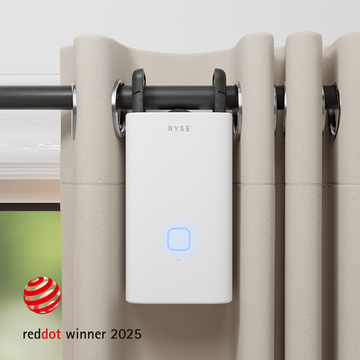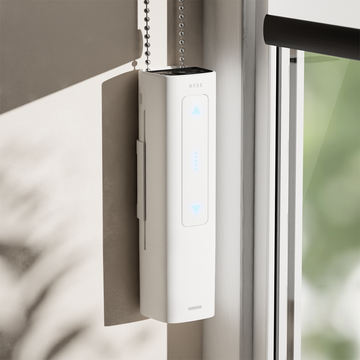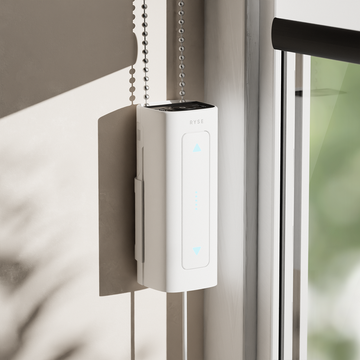Why We Made It
This was a solution to a personal problem.
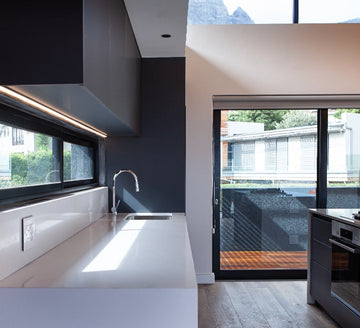
We wanted an affordable product that we could easily install ourselves to motorize our own shades at home.
Most of us already have window shades installed, whether it's at home, the office, or any other space. It would be such a waste of money if we had to replace them, just to experience the magic of motorized shades.
Founder, Trung Pham, discovered this when he moved into his new apartment. He had installed a set of beautiful floor-to-ceiling 9’ by 9’ roller shades - ones that were controlled via beaded chains.
When summer came around, the heat from the sunlight made his apartment feel like a sauna! So he went back to the same retailer he purchased his roller shades from and asked to buy a motor that he could DIY install on his existing shades at home.
And that’s when he learned that once you buy manually controlled window shades, it was impossible to motorize them - you’d actually have to replace them with brand new motorized shades, which was quoted at over $1,500 per window!
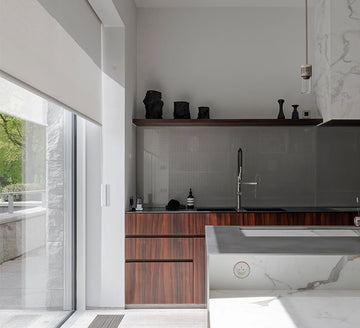
And that’s why only about 5% of window shades are motorized.
The astronomically high cost makes it a deterrent for any customer, and once you decide against motorized shades, there were no retrofit solutions or accessories to allow you to motorize them.
That’s when Trung had his eureka moment! Trung thought of a simple DIY product, one that anyone could install on the window frame and would mimic a pulley to control the shades’ chains or cords. It would be the first ever retrofit or after-market device to motorize any window shade, regardless of size or weight, and a true affordable luxury.
And of course, it had to be smart - controllable via smart phone or voice, with the ability to set schedules and routines. As we began working on developing the device and learned about automated shades, the more we realized that there were huge benefits beyond the cost and convenience of our idea.
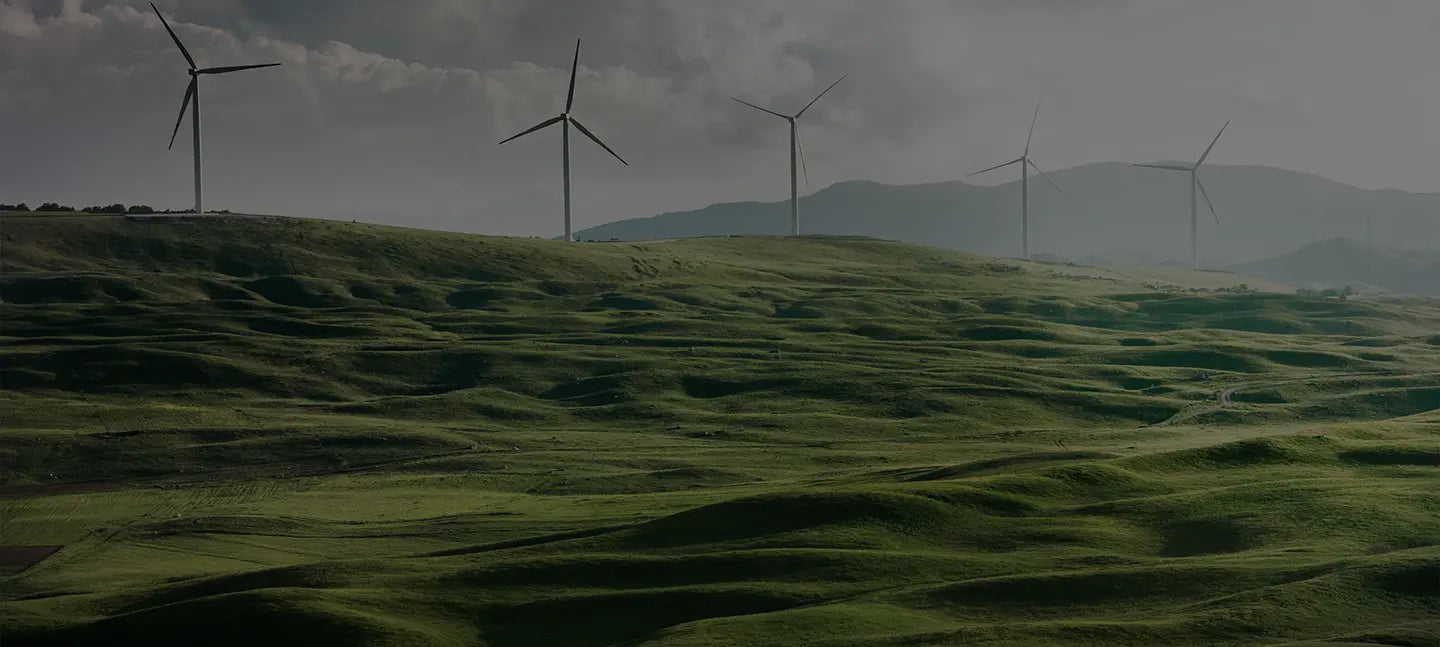
We didn't realize
how
impactful automated shades
were on the environment.
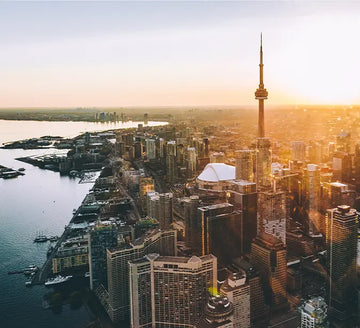
Until we learned that they could save up to 24% in cooling energy in your space.
How does it do this? By automatically lowering shades when your space gets too hot and sunny from direct sun (something known as “solar heat gain”). By doing this, you rely less on your thermostat to cool your space.
The Department of Energy (DOE) reports that lowering your shades can reduce heat gain by about 45%, and thereby reduce energy spent on cooling. Blocking this “solar radiation” can make you feel 10-15 degrees (F) cooler. What this means is that, instead of having your thermostat use energy to cool your space, simply lower your shades to passively achieve your desired indoor temperature and improve your comfort level.
Just try it for yourself. Imaging yourself lying down in a park, directly under the sun - you’ll feel all that solar heat. But if you lie under the shade of a tree, you’ll feel significantly cooler - this is the same effect of having your shades automatically lower to cool your space!
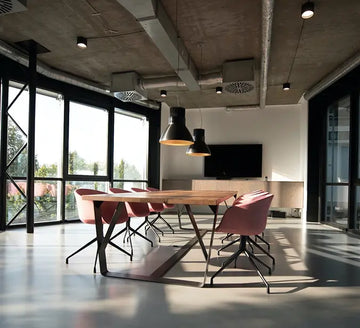
It could also save up to 74% in lighting energy use too.
While we thought SmartShades would primarily be sold to residential households, commercial buildings began reaching out to us. They wanted a simple solution to automate shades, not only for solar heat gain management, but also for something known as “daylighting” or “daylight harvesting” during overcast weather - this was a fancy term they used to say they wanted more natural lighting to illuminate their office space.
By reducing a buildings reliance of artificial indoor lighting, the building could save up to 74% in lighting energy use, as well as improve occupant morale and employee productivity by providing better views.
It just made sense. Not only a truly affordable luxury, but a solution for everyone, from renters to homeowners to hotels to commercial office, and even senior citizens who may have trouble opening and closing heavy shades. With 95% of spaces having manual window coverings, we knew RYSE had a big opportunity to create something special.
This also gave them LEED credits.
1 Point - Light pollution reduction (Sustainable sites credit 8)
To minimize light trespass from the building and site, reduce sky-glow to increase night sky access, improve nighttime visibility through glare reduction and reduce development impact from lighting on nocturnal environments.
4 to 11 points - Energy & atmosphere (credit 1)
To achieve increasing levels of energy performance beyond the prerequisite standard to reduce environmental and economic impacts associated with excessive energy use.
1 Point - Controllability of systems - Thermal comfort (Indoor environmental quality credit 6.2)
To provide a high level of thermal comfort system control by individual occupants or groups in multi-occupant spaces (e.g. classrooms or conference areas) and promote their productivity, comfort, and well-being.
1 Point - Daylight & Views - Daylight: Views for 75% of the space (Indoor environmental quality credit 8.1)
To provide building occupants with a connection between indoor spaces and the outdoors through the introduction of daylight and views into the regularly occupied areas of the building.
1 Point - Daylight & Views - Daylight: Views for 90% of the space (Indoor environmental quality credit 8.2)
To provide building occupants a connection to the outdoors through the introduction of daylight and views into the regularly occupied areas of the building.

